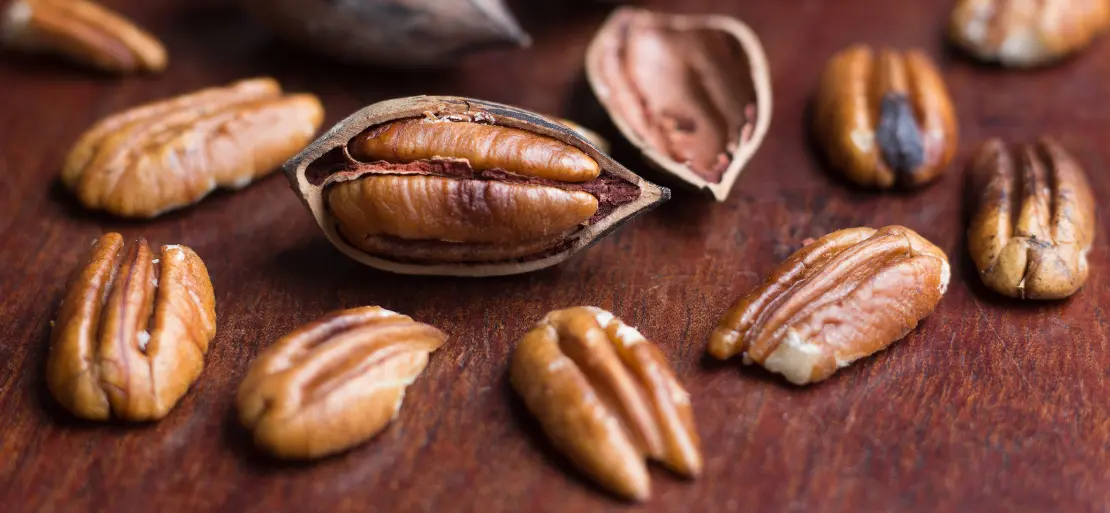Noticeable Drop in the Pecan Crop Production in North America

Pecan orchards produced approximately 250 million pounds of nuts per year over the last decade. The industry is worth around USD 400 million. They are grown in the south, where there has been an increase in drought. This is especially in New Mexico, where researchers investigated the effects of irrigating this tasty nut with salty water.
Due to the shortage, irrigation water is becoming saltier, impacting pecan production. Current conditions in New Mexico necessitate the intervention of scientists and engineers to find ways to lessen the amount of salt in irrigation water. Desalination of water will be required to continue pecan production under drought conditions.
Following a smaller-than-expected crop in the North American growing regions of Mexico and the United States, the market in those countries remains relatively firm. The International Nut and Dried Fruit Council (INC) reports in its most recent report that hot autumn in the United States resulted in a late start to the harvest, particularly in the growing southeastern regions.
Because the harvest continued well into November, growers missed essential holidays such as Chinese New Year, resulting in a 54 percent decrease in US exports of in-shell pecans from the previous year. On the European spot market, prices for US goods remain high but have fallen slightly in recent weeks; Fancy Junior Mammoth Halves currently cost EUR 12.60/kg FCA Spain.
Mexico also experienced a crop decline of more than 38 percent compared to the previous year due to the severe drought, which had a noticeable impact on exports. Unshelled pecan shipments to China fell by half since their peak in 2019. It remains to be seen how much the water stress has harmed the trees and whether Mexico will rebound with a large crop this year or next. According to the most recent INC estimates, Mexico's 2021/22 season produce will be 101,606 mt.
The 2021 pecan crop in South Africa appeared to be much better, prompting some Chinese traders to purchase their goods there rather than in the United States or Mexico. Shipments encountered several challenges, including a lack of workers at the ports and a limited supply of available containers. The INC is very optimistic for 2022. The trees are starting to bear in the growing regions; first, conservative estimates amount to a good 24,000 mt, implying that the country could increase crop volume by about a quarter.
Brazil increased its pecan crop by a whopping 71 percent year on year in 2021, but experts predict a drop in volume in 2022 - harvesting begins here next month. This is primarily due to the severe drought, though farmers have been able to mitigate some of the effects with artificial irrigation, particularly in new plantations. Meanwhile, the outlook for Brazilian exports is quite positive, and several deals for pecan kernels and in-shell nuts have been struck with Europe, the Middle East, and Asia.
China's crop volume has increased by 193 percent year on year as farmers have increased their acreage significantly over the last decade. Chinese traders are beginning to buy more domestically, but the INC says there is still a lot of room for improvement because a large portion is still sourced from abroad.


.webp)
.webp)